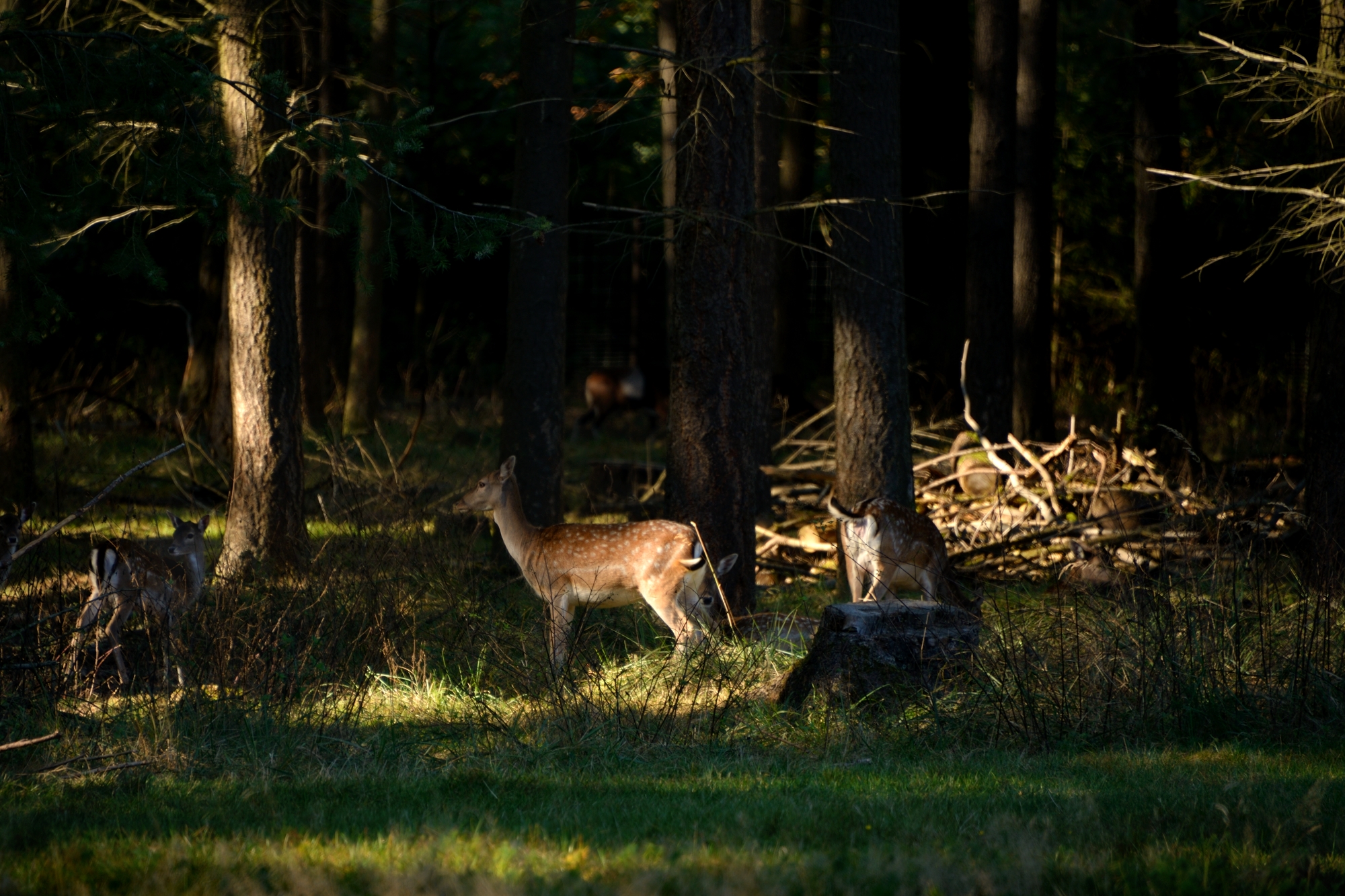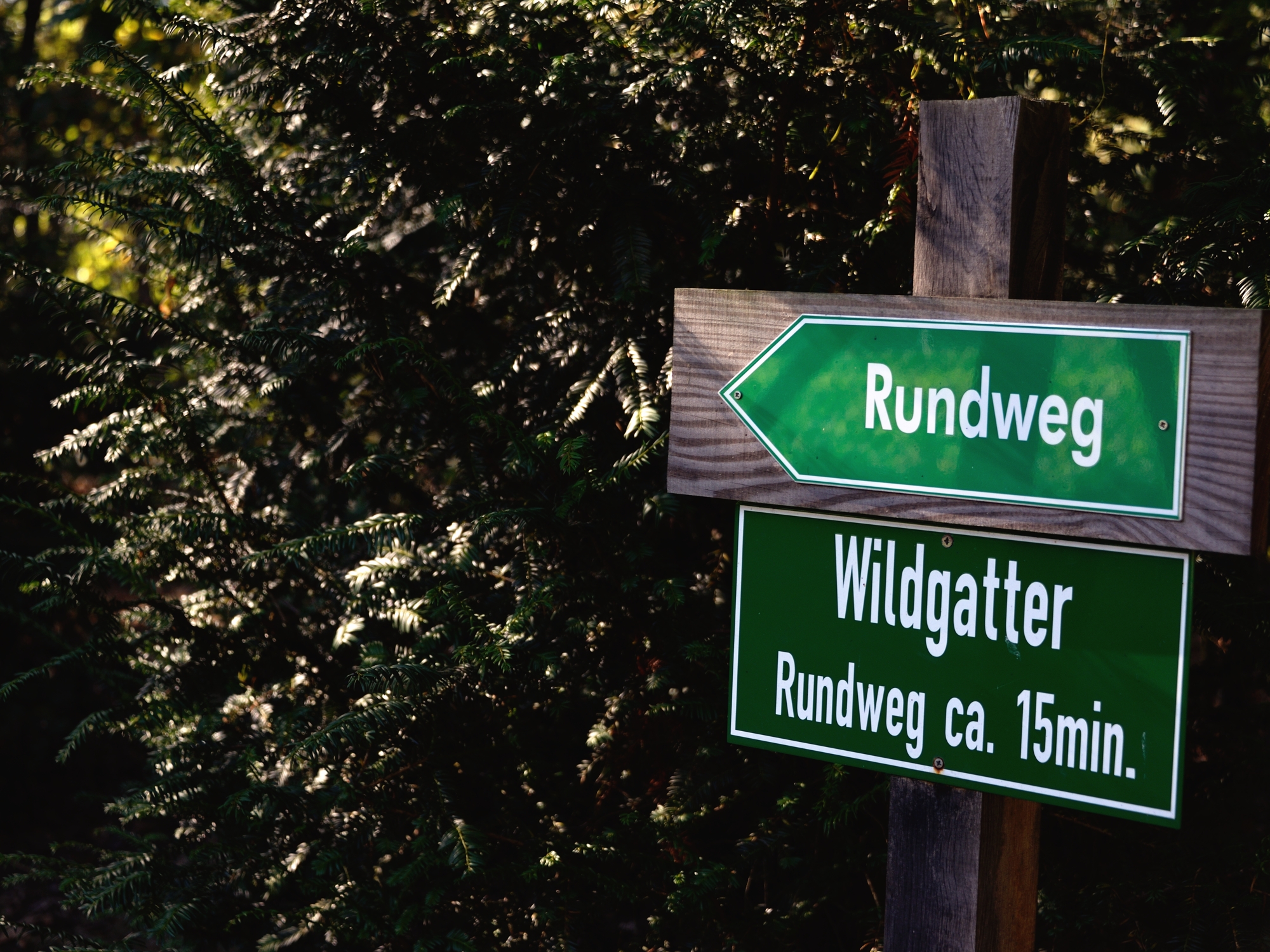Frankfurt day trip - Stadtwald Frankfurt
/Frankfurt has almost 48 square kilometres of forest to the south of the city which is accessible by public transport, bike and car. The forest has well maintained paths for cycling and walking, ponds, meadows and places to eat. A key feature is the Stadtwaldhaus, an informal education centre that, although only offering information in German, can be enjoyed because of it's visual exhibits and animal enclosures.
Getting to the Stadtwald and Stadtwaldhaus
From the city take the number 17 tram in a southerly direction and alight at "Oberschweinstiege". You'll find yourself in the middle of the woods. Head to the front of the tram and there is path that runs across the tram tracks. (The route is marked in blue on the map below) Turn right onto the path and head straight for about 800 metres, crossing a road on the way. Eventually you will see the Stadtwaldhaus on the right. Opening times at the weekend are usually 12:00 - 16:00 on Saturdays and 10:00 - 16:00 on Sundays, but check the website to be sure. At the Stadtwaldhaus you will find recuperating birds of prey who, following injury, are temporarily in an enclosure, a deer field, a pen with wild boars, chickens and even a resident cat. Take the "Rundweg" to enjoy the best views of the deer.
Walks in the Stadtwald
After you've exhausted the Stadtwaldhaus follow the path back towards the tram stop, cross over the tramlines and head straight along the path for a further 200 metres. Through the trees on the right, is the Restaurant Oberschweinstiege. It's a nice place offering lunch, coffee and cakes and evening meals. The choice is extensive and the food good. If you are still in the mood for exploring the woods after refreshment, there is a lovely walk around the lake "Luderbach" which is next door to the restaurant.
For a more extensive walk you have two options (click here for a map with all the details):
- Pink Route 2km (on the map below) - Leave Restaurant Oberschweinstiege via the same path you arrived on, and head back towards the tram stop. Head north (turn right) along the path that follows the tram lines. After 500 metres, or so, the path moves away from the tram lines you will find yourself at a junction. Go under the bridge and follow the road, the Ziegenhüttenweg. This leads you past a number of small garden plots, known in Germany as Schrebegarten. Part away along this small road is a very relaxed cafe called the Frankfurt Art Bar. Stop at the Art Bar for a drink or carry on a little further to the junction of Ziegenhüttenweg and Gablonzer Strasse and turn left. Here, near the corner, is a traditional apple wine tavern, Zum buchscheer, serving hearty portions of traditional Frankfurt food and bembels of apple wine. A little further on from Zum Buchscheer is the tram stop "Louisa" (tram numbers 14 & 17) and the S-bahn, S3 & S4, from here you can catch the tram or S-bahn for your return journey home.
- Red route 4km (on the map below) - Leave Restaurant Oberschweinstiege via the same path you arrived on, and continue east (away from the tram stop). After 4 kilometres, or so, you will reach the Goetheturm (Goethe tower). As you walk along the route note the beautiful, tall, beech trees and lush fauna specific to this area of the forest. At the Goethe tower is a childrens play area and a cafe, Schmidt-Peccolo. Between April and the end of October the Goethe tower, standing at 43 metres high, is open for climbing up and it offers great views of the surrounding area. After all the walking you'll probably want to head home. Walk along Sachsenhaüser Landwehrweg to the bus stop "Sachsenhäuser Warte", where bus routes 30, 36, 954, 960, 961, 962 und 963 depart regularly. Alternatively walk down Wendelsweg to the Seehof park to catch the buses 47 or 48, to Südbahnhof.
Map of stadtwaldhaus, tram stops and walks through the stadtwald frankfurt - Full details also linked here








